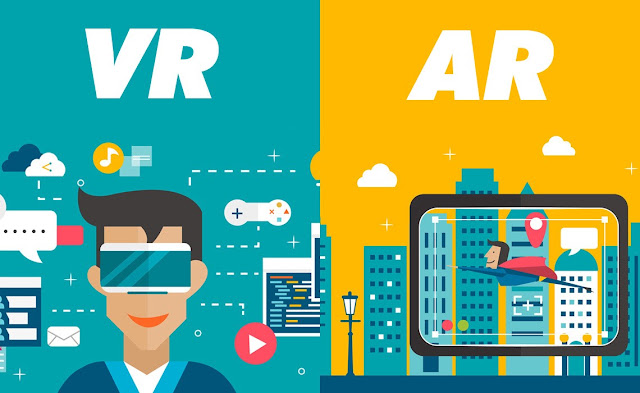Augmented Reality (AR) turns real-life environment around us into a digital interface by setting virtual objects in real-time. Augmented Reality uses the real environment and overlaps new information on the top of it unlike virtual reality, which creates an unnatural environment.
Augmented Reality can be seen by a variety of experiences. New additions have made this technology accessible using a smartphone which led to the expansion of a wide range of augmented reality apps.
Importance of Augmented Reality
Augmented Reality Apps are software applications which join the digital visual (audio and other types also) content into the user’s real-world environment. There are numerous uses of AR software like training, work and consumer applications in various industries including public safety, healthcare, tourism, gas and oil, and marketing.
The first popular application of AR technology was the yellow "first down" line that began surfacing in televised football games in 1998. Some other notable examples of AR apps include AcrossAir, Google Sky Map, Layar, SpotCrime, PokemonGo, etc. We have collected eight samples of augmented reality apps and how they can influence the future of mobile technology.
Applications of Augmented Reality
Marketing
Augmented Reality Apps are software applications which join the digital visual (audio and other types also) content into the user’s real-world environment. There are numerous uses of AR software like training, work and consumer applications in various industries including public safety, healthcare, tourism, gas and oil, and marketing.
The first popular application of AR technology was the yellow "first down" line that began surfacing in televised football games in 1998. Some other notable examples of AR apps include AcrossAir, Google Sky Map, Layar, SpotCrime, PokemonGo, etc. We have collected eight samples of augmented reality apps and how they can influence the future of mobile technology.
Applications of Augmented Reality
Marketing
Augmented reality opens lots of opportunities for marketing, and if used creatively, it can bring more commitment and dedication for brands and their products. Imagine walking around any shop with a smartphone in your hands, and watching the price and characteristics of the products, along with special offers and discounts for them. With AR marketing can become more active and fun for consumers.
Shopping
The most significant problem with buying furniture is that you have practically no idea how it will fit into your interior. This is when people hire visual designers who can show the complete picture.
Landscaping
An augmented reality application can assist with landscaping as well. Just like you can place the virtual furniture into your apartment to see how it will look, you’ll be able to place objects outside before you build anything there.
Teleconference apps
Teleconference apps
Visualizing is an indispensable part of any project, and AR is all about building things visually and allowing users to see them from all angles. AR can give your engineers an ability to place their prototype right on a boardroom table so that everyone can appreciate the subject matter. Furthermore, with AR you can walk through a building site and see the sections, colored to show when each phase will be completed first.
Maps and tourism
AR can provide more information on all places you desire to visit, and maps coupled with an AR guide can bring you a great adventure in city exploration. Museums can also embed this technology to their advantage, by telling their visitors more about the items they see and leading them to live.

Good post.. Both augmented and virtual reality have a great potential which leads to meet your requirements without any issues.
ReplyDeleteVirtual Reality Shopping
VR real estate
VR architecture